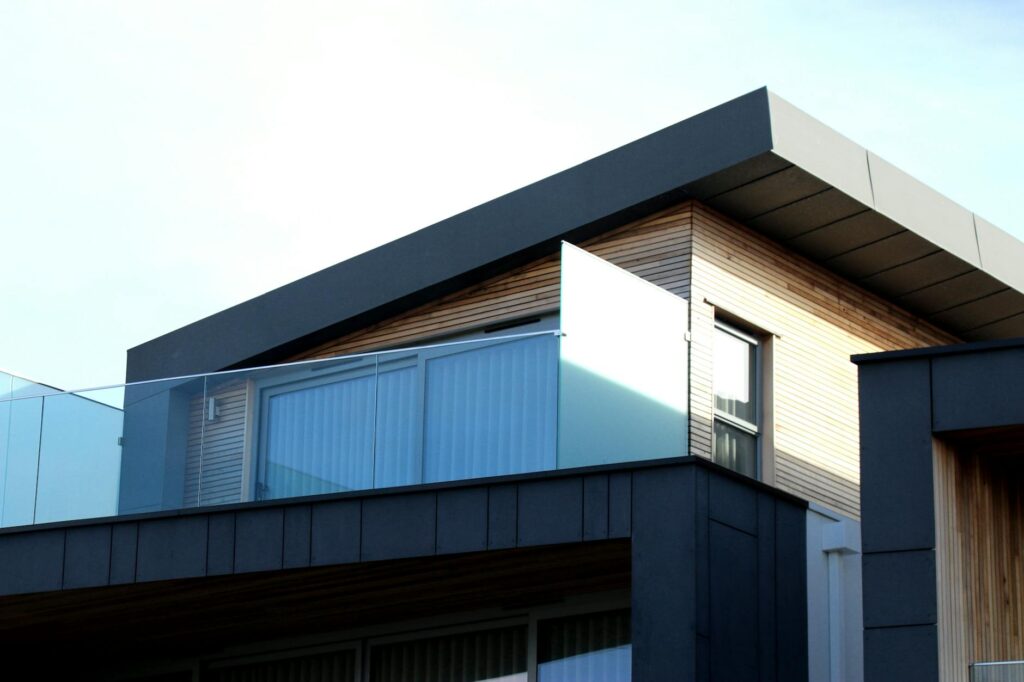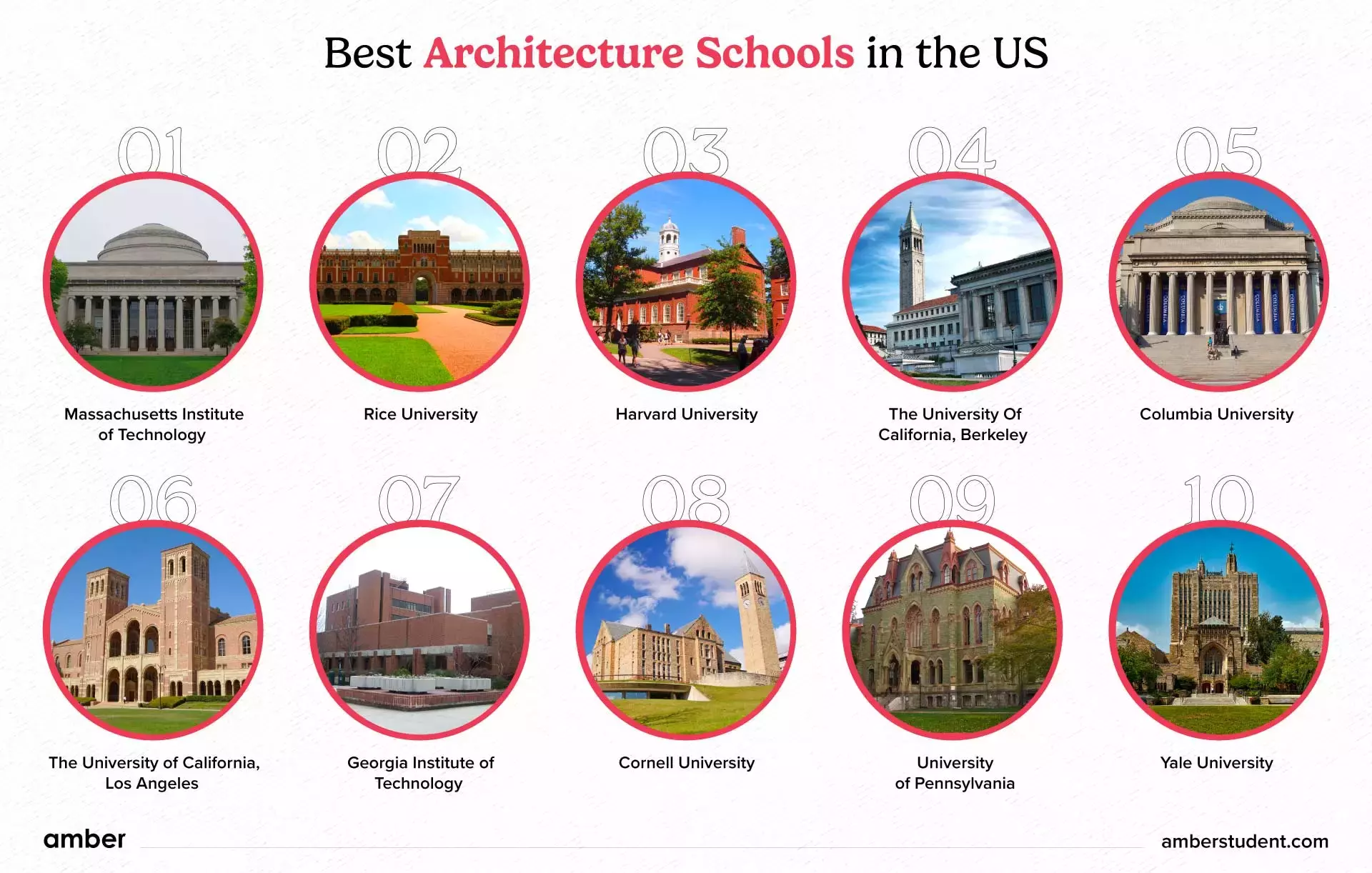Introduction
Modern architecture, a term encompassing various styles and philosophies, represents a significant departure from traditional design principles. It prioritizes functionality, clean lines, and innovative use of materials, often reflecting the technological advancements and societal shifts of its time. This exploration delves into the key aspects that define modern architecture and its lasting impact on the built environment.
Key Characteristics
Modern architecture is characterized by its emphasis on form following function. Buildings are designed with a primary focus on their intended use, resulting in efficient and practical spaces. This often translates to simple, geometric forms and a rejection of unnecessary ornamentation. 
Materials and Technology
The use of new materials such as steel, concrete, and glass became a defining feature. These materials allowed for larger spans, taller buildings, and more open floor plans than traditional construction methods. The integration of innovative technologies further enhanced functionality and energy efficiency. Learn more about sustainable building materials.
Notable Architects and Movements
The development of modern architecture involved the contributions of numerous influential architects and movements. From the Bauhaus school’s emphasis on design principles to the International Style’s focus on universal design elements, these pioneers shaped the course of architectural history. [IMAGE_2_HERE]
Impact on Urban Landscapes
Modern architecture has profoundly impacted urban landscapes worldwide. The rise of skyscrapers, the development of functional housing projects, and the integration of green spaces have all been influenced by modern design principles. This has led to both positive and negative impacts on city life, prompting ongoing discussions about urban planning and sustainability.
Sustainability and Modern Design
Contemporary modern architecture increasingly incorporates sustainable design practices. Architects strive to minimize environmental impact through efficient energy use, the utilization of recycled materials, and the incorporation of renewable energy sources. Explore examples of sustainable modern buildings.
Modernism’s Evolution
Modern architecture is not static; it continues to evolve, adapting to new technological advancements and societal needs. Postmodernism and contemporary movements have built upon the foundational principles of modernism, resulting in a diverse range of architectural styles. [IMAGE_3_HERE]
The Future of Modern Architecture
Looking ahead, modern architecture will likely continue its trajectory toward greater sustainability, technological integration, and a focus on human-centered design. This means a greater emphasis on creating buildings that are not only aesthetically pleasing but also contribute positively to the environment and enhance the well-being of their occupants. Read more about the future of architecture.
Conclusion
Modern architecture’s legacy is undeniable. Its emphasis on functionality, innovative materials, and streamlined aesthetics has profoundly shaped the built environment. As we move forward, the principles of modern architecture will undoubtedly continue to inspire and inform architectural design for generations to come.
Frequently Asked Questions
What are the defining characteristics of modern architecture? Modern architecture is characterized by its emphasis on functionality, clean lines, the use of new materials like steel and glass, and a rejection of ornamentation.
Who are some of the most influential figures in modern architecture? Key figures include Le Corbusier, Ludwig Mies van der Rohe, and Walter Gropius, each of whom significantly impacted the field.
How does modern architecture address sustainability concerns? Contemporary modern architecture incorporates sustainable practices such as energy efficiency, recycled materials, and renewable energy sources.
What are some of the criticisms of modern architecture? Some critics argue that modern architecture can lack warmth and character, prioritizing functionality over aesthetics.

